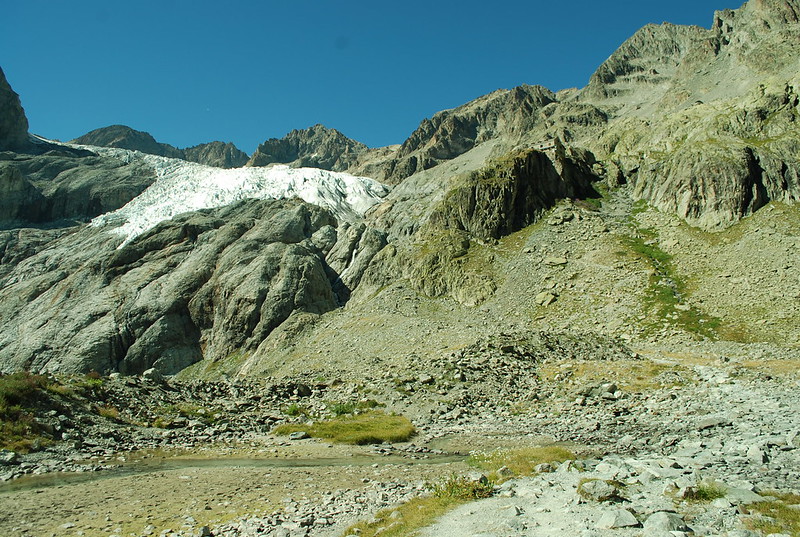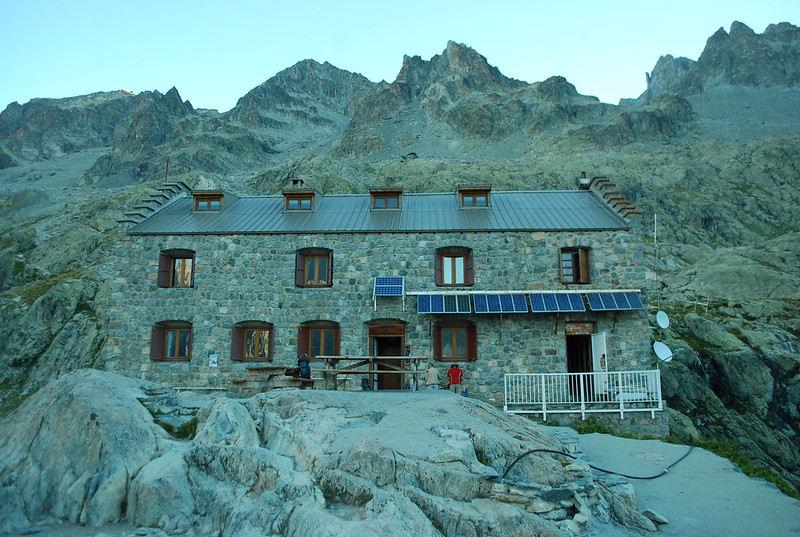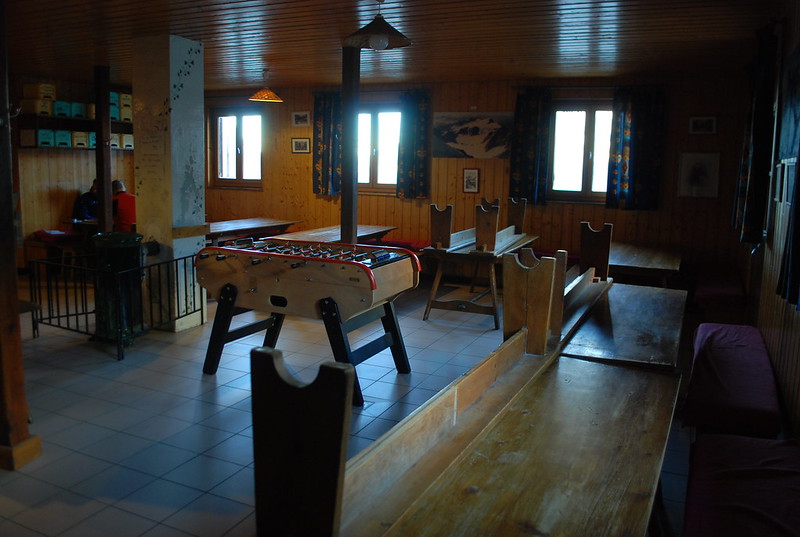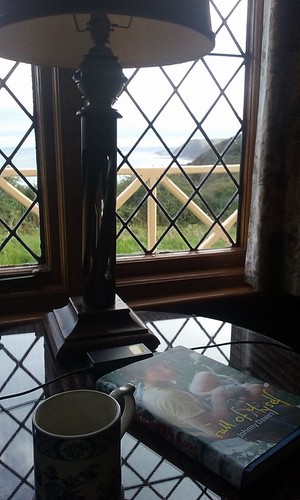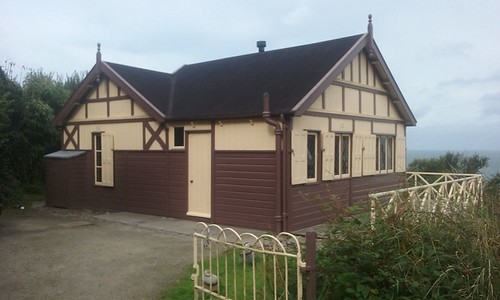Crew: me, Chris W, Andy S, Dan M, Brian S, Lews G, Steve O, Keith L. Cox: Mr T.
General: a good outing. Lock-n-reach. GPS trace here. Fragments of video by Dawn here, which is what I'll talk about. Pieces: 900 m down the Reach, spin and return, followed by 800 m down the Reach; unfortunately no video of those. We were somewhat tired for the second piece. The video is: us coming back towards the A14 bridge (steering hard on due to passing a IV); and (starts at 0:20) coming back up the Reach at steady state. I'll assume you've watched it, best at normal speed and then at 1/4 speed; before reading on.
Note: there aren't enough strokes captured in the first segment to be sure that what I'm seeing is "typical" but experience tells me that people do the same things wrong stroke after stroke.
First segment (0 - 0:20)
Recall there's some steering going on here so this isn't an ideal sequence to analyse.
Minor: Brian squares up massively early, before there's even a twitch from Andy, who is earlier than me. This doesn't appear to happen in the second segment.
Minor: I'm squaring just-in-time; or Andy's squaring a fraction early; take your pick. I don't think it matters greatly because we're perfectly square at the catch.

More obviously, 2 is not even square by the time I'm (partly) in. 4 is just a little behind. What you should do, though, is to watch the catch at 1/4 speed on youtube; the timing is clearer there. I rather like my nice backsplash but that may be personal preference or as I'd put it, "style". Harder to see (but its there) 5 and 3 are a fraction late on 7 and 8.

If you have any sense you should be suspicious of analysing a single stroke, so here's the next one, and the pattern is similar.
Second segment (0:20 - end)
On this one we're straight, so there's no steering to discount. You can't see my blade, which makes it less interesting for me, but based on the above I'll assume Chris is bang on time.

So, as before, late square from 2 hence late in; fractionally late at 4. The other thing noticable is the angle of 3's blade, which isn't parallel to the others (this is slightly more obvious on the next stroke). This may be slightly due to lack of compression - which can only be beaten out of people by extensive flexibility training - but more importantly it is due to "rowing in", which we do very much want to beat out of people. But it was too hard to see from stills, so you'll have to watch the video to see.
The other thing I see is that 5 has a minor line in skying towards the catch. In that after a nice consensual tap-down, as he starts to square his hands dip and his blade therefore rises. 5 will defend himself by saying his catch is in time with 7 and that is a partial mitigation.
While we're on such issues, I'll note 7's to-me-horrible "swoosh" style with the blade low to the water. However, that's a known issue and what I'm trying to point out here are "errors" that people may not know about and want to fix.
I'm probably over-reaching at that catch; but that's another known fault.
Questions, comments, complaints? Want to point out the obvious things I've missed? Just add a comment to the blog, or to fb.
